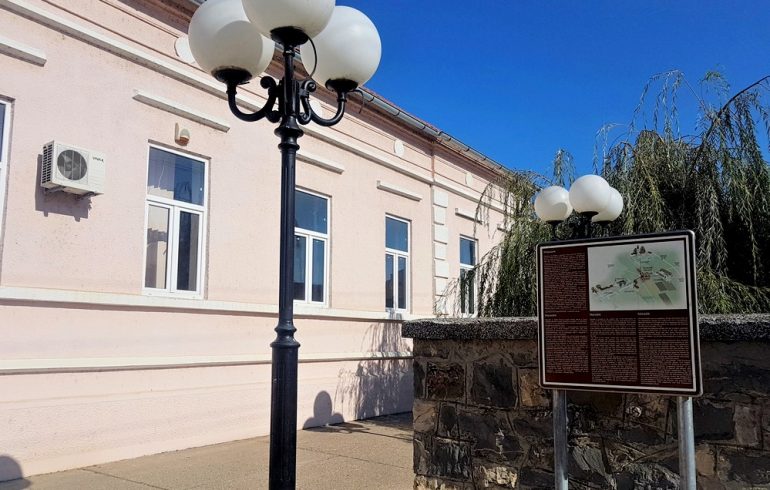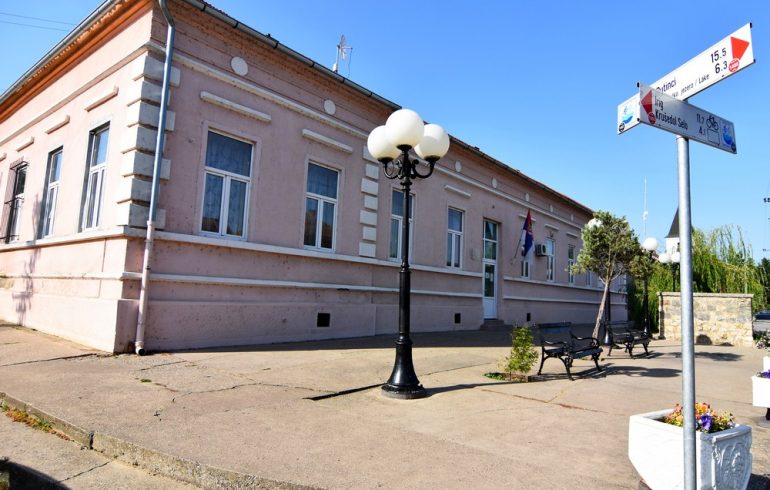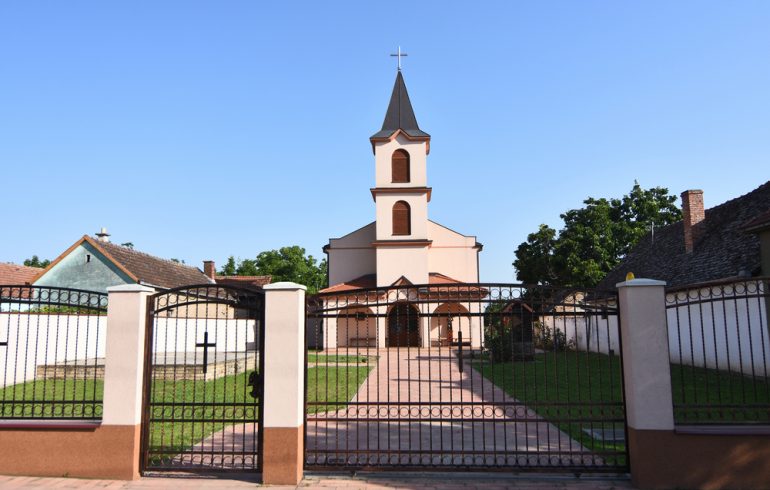Maradik
Maradik is located in the western part of the municipality of Inđija, on the south-eastern slopes of Fruška Gora, in the immediate vicinity of Fruška Gora monasteries. The arterial road M-22.1, which is about two kilometres away from Maradik, connects the village with Novi Sad and Inđija (11 km). Near the village, there is an artificial accumulation lake Šelevrenac. It was created in the 1980s with the construction of a dam on the stream with the same name. Today, the lake is privately owned and fishing is possible with a permit purchased on-site.
The name of the village comes from the Hungarian word maradék which means “remainder”. The settlement was first recorded in 1498 in the “Kruševo Pomenik” and the falsified charter of the Krušedol Monastery. There is no reliable information about the village from the Turkish period, but it is mentioned as early as 1702, when it was permanently inhabited. In the first half of the 18th century, the majority of the population were Serbs. Later, due to the intensification of agriculture, Count Marko Pejačević settled a large number of Hungarians here, who were good farmers.






Maradik is a typical rural settlement of the Pannonian type and specific because it is a multi-ethnic environment, which has a preserved tradition. The traditional elements of the area can be best experienced by visiting the Ethno House Maradik, which is an authentic rural household about 150 years old. The household is adapted for tourists and gives them the opportunity to learn a lot about the traditions, culture, customs and way of life of the people who once inhabited this area. In Maradik, there are active associations of women who deal with the preservation of tradition and who pass on their knowledge and skills to younger generations, through organized workshops. The traditional manifestation “Maradička jesen”, which is held in September, presents their works, but also agricultural products characteristic of this village, which is known for fruit production among other things.
According to the 2011 census, Maradik has 2,095 inhabitants of various nationalities, most of whom are Serbs and Hungarians, followed by Croats and Slovaks. The village is specific because it represents a multi-ethnic environment in which different peoples have nurtured their own tradition and religion, but also respect those of the other people. This is evidenced by the fact that there are still three churches in Maradik: the Orthodox Church of St. Sava, the Reformed Christian Church and the Roman Catholic Church of St. Anne.
